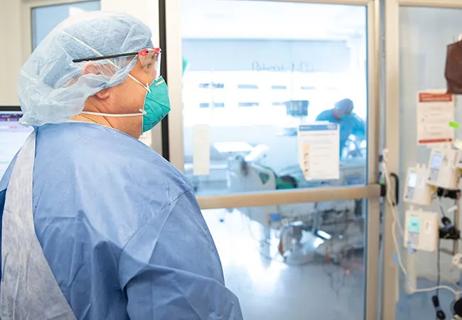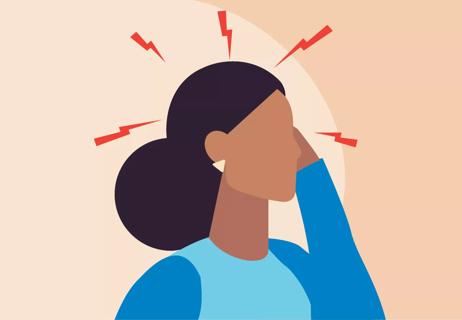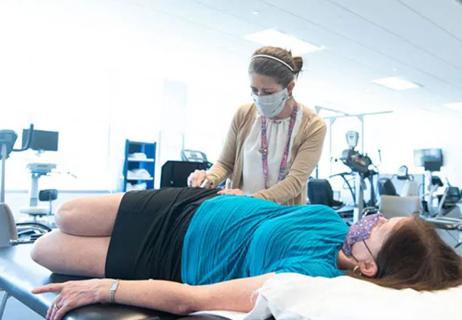The future of neurological care resides in harnessing big data sets
Biomechanics has come a long way. One of the first biomechanics studies was done to settle a bet over whether the four hooves of a galloping horse are ever all off the ground at once. Today the field has evolved to the point where common consumer electronic devices pack enough computing power to enable capture of patients’ functional data at a scale large enough to fuel disease prediction algorithms.
Cleveland Clinic is a non-profit academic medical center. Advertising on our site helps support our mission. We do not endorse non-Cleveland Clinic products or services. Policy
Jay Alberts, PhD, is a biomedical engineer at the forefront of such tech-enabled data capture. In the latest episode of Cleveland Clinic’s Neuro Pathways podcast, he shares insights on how it is accelerating progress in biomechanics — and how it will be shaping the clinical care of patients with neurological diseases.
Dr. Alberts, Vice Chair of Innovation in Cleveland Clinic’s Neurological Institute, covers a wealth of subtopics, including:
Click the player below to listen to the 17-minute podcast now, or read on below for a short edited excerpt. Check out more Neuro Pathways episodes at clevelandclinic.org/neuropodcast or wherever you get your podcasts.
Dr. Alberts: We’ve done a lot around the question of how we can use consumer electronic devices to objectively quantify cognitive and motor function. I think the important part here is that we’re looking at both cognitive and motor functions simultaneously, as opposed to each in a silo. That has really led us to improve in terms of the treatment of Parkinson’s disease patients and optimizing deep brain stimulation [DBS] parameters.
So in the post-DBS setting, rather than looking at a patient just in terms of the cognitive domain and then sending them across the hall to have the neurologist do a traditional UPDRS, we’re now able to use both cognitive and motor function simultaneously to help program these patients’ DBS parameters. That’s really an important aspect because activities of daily living have both a cognitive component and a motor component, whether you’re walking across the street, carrying a cup of coffee or engaging in a conversation. You’re processing the information in terms of questions like, Is this car coming? or Are they going to stop? And then you have to monitor your motor performance as well.
I think that’s where we have been able to leverage some of the work we’ve done with consumer electronics to bring these types of tools to the clinic and the provider.

Q&A with Brain Trauma Foundation guideline architect Gregory Hawryluk, MD, PhD

Q&A with newly arrived autoimmune neurology specialist Amy Kunchok, MD

A neurocritical care specialist shares what’s spurring growth of this new evaluation approach

Focused ultrasound offers a newer alternative to deep brain stimulation

Prehabilitation can help improve outcomes after spine surgery

Get ready for central vein sign and optical coherence tomography

How these new drugs fit into practice two years out from their first approvals

A conversation on the state of physiatry with the AAPM&R’s Vice President